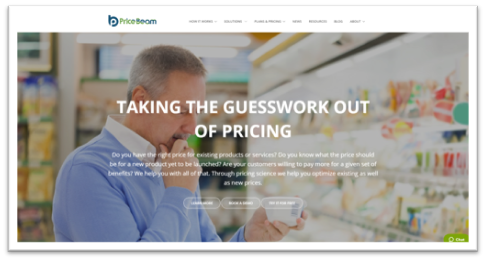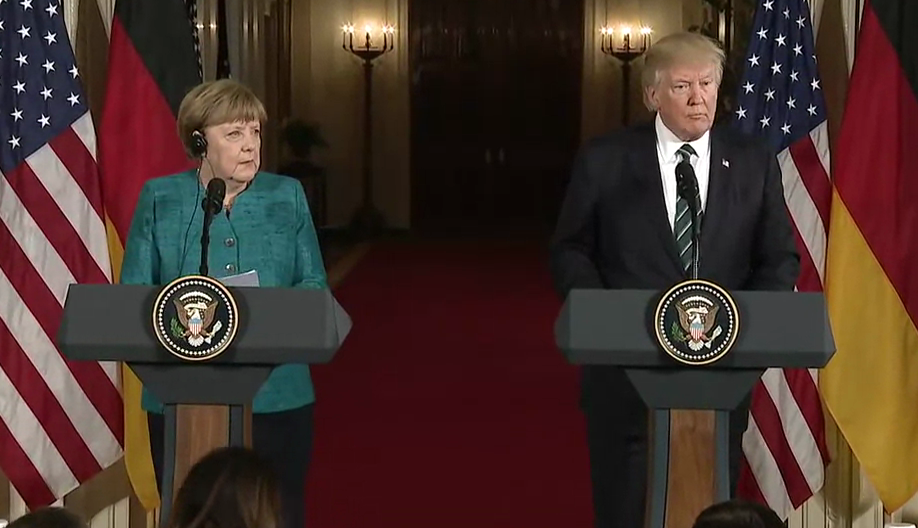Do Your Customers Value the Benefits You Price?
 PriceBeam
·
2 minute read
PriceBeam
·
2 minute read

OK, so of course your product or service has a price. A price that reflects what you think is a fair price for the value you deliver to the customers(?). But do the customers see it the same way? And do you charge appropriate prices for what the customers value, or is it disjointed?
In real life, we very often see two issues:
- Charging (too much) for something that customers don't want to pay (that much) for.
- Charging (too little) for something that customers would be willing to pay (more) for.
In the first scenario, either the overall product is over-priced, or specific benefits or ancillary services are over-priced. Best case, this leads to lower-than-optimal sales. Worst case, it leads to customer defection or inability to gain new customers.
The second scenario may not be as manifest as the first one, as customers will not necessarily complain about. Probably they will never complain about it. But profit-wise it can be just a big an issue. Being too cheap means foregoing important profitability in itself. But it also means positioning the brand/product as being "cheap", where it doesn't have to. Medium term and long-term this can impact the pricing power further. Very often this happens on the overall product, but in particular also for sub-features or services that are given away or priced very low "for the greater good". But if customers are willing to pay (extra) for this feature or benefit, why give it away?
The way to approach these topics on existing products is either to do an value-case analysis, whereby you go through each case where you believe you deliver value and then do a reality check with customers or other stakeholders. Maybe some cases are considered to be of high value by e.g. your engineering team, but the customers actually don't care about that particular feature. In other examples, often seen in finance-led organizations, supplementary services are known to cost X and then everybody feels OK to charge e.g. 2 times X. But maybe the customers see this as valuable as 10 times X. We have seen this in particular in support services or other risk-mitigating services.
The best way to establish what customers value is of course by asking them. PriceBeam's Value Attributes Study is doing exactly that: gathering willingness-to-pay insights for a series of value-attributes/features. The outcome is a value-map that can be used to optimize pricing, and in some situations also adjust the product offering to what customers truly value, rather than what internal stakeholders believe. Take the guesswork out of pricing.
.png?width=400&height=100&name=PBLogoTransparent%20(1).png)



